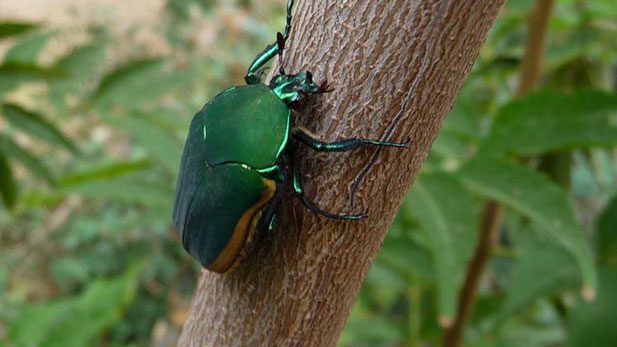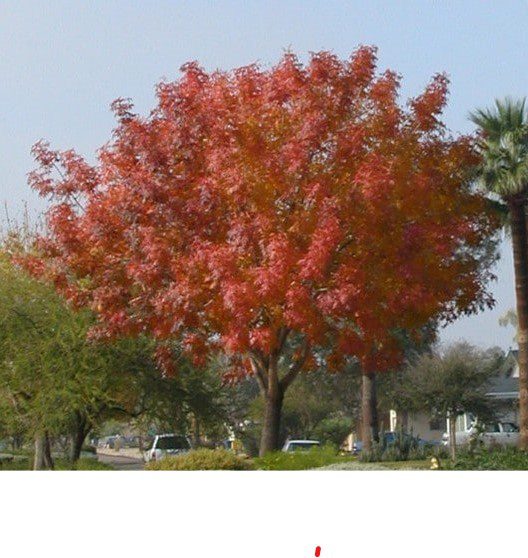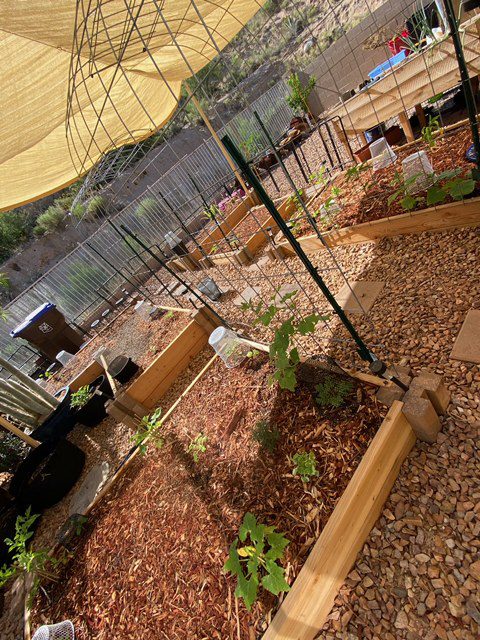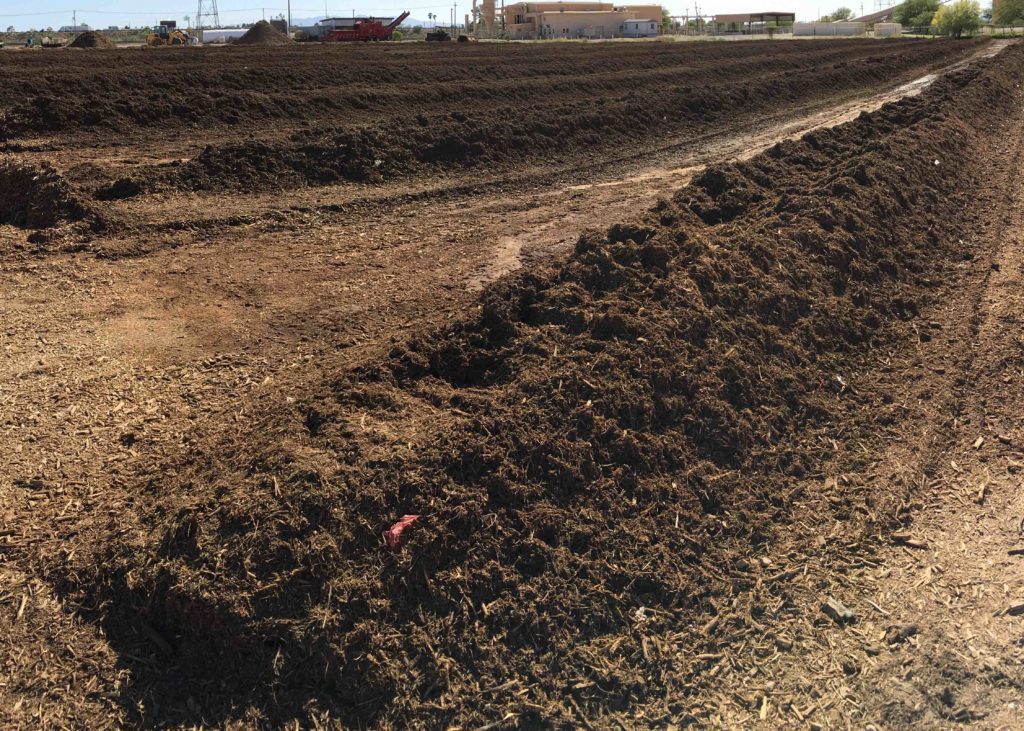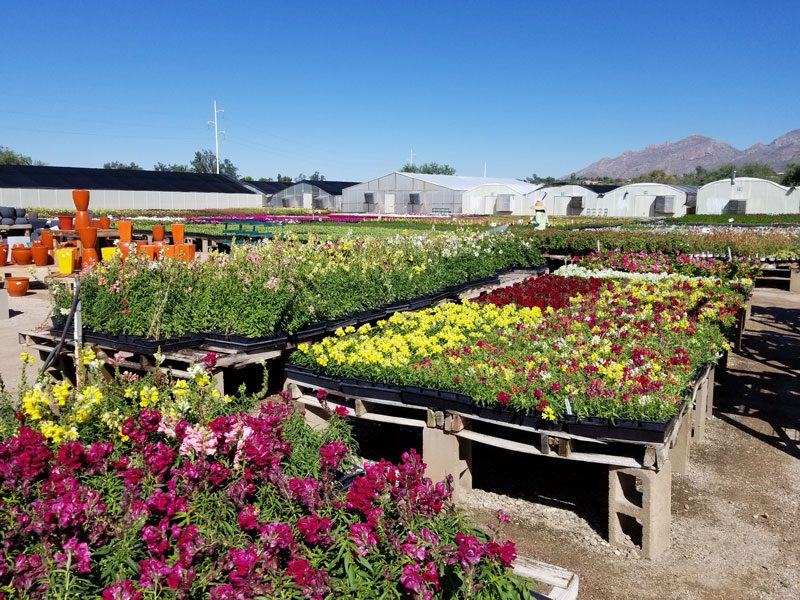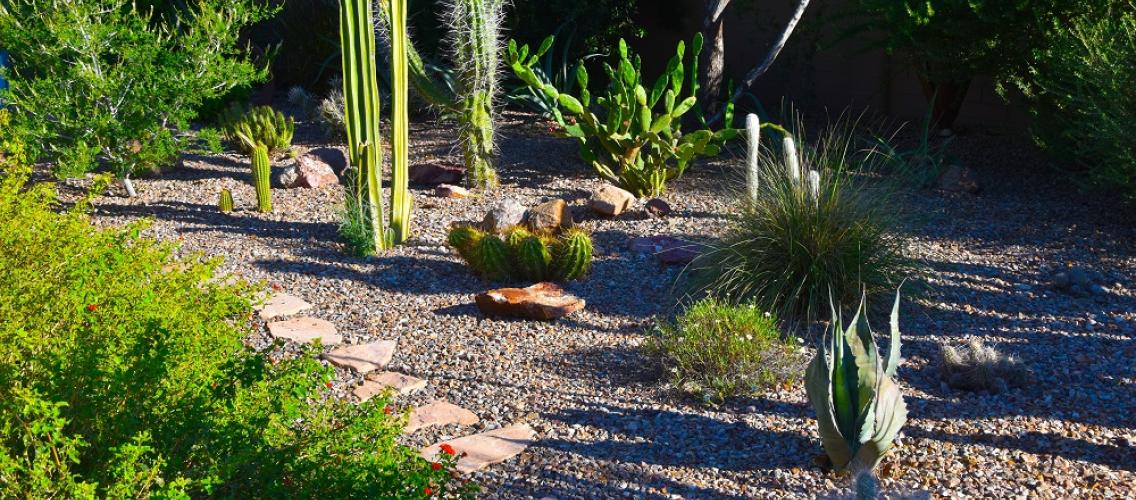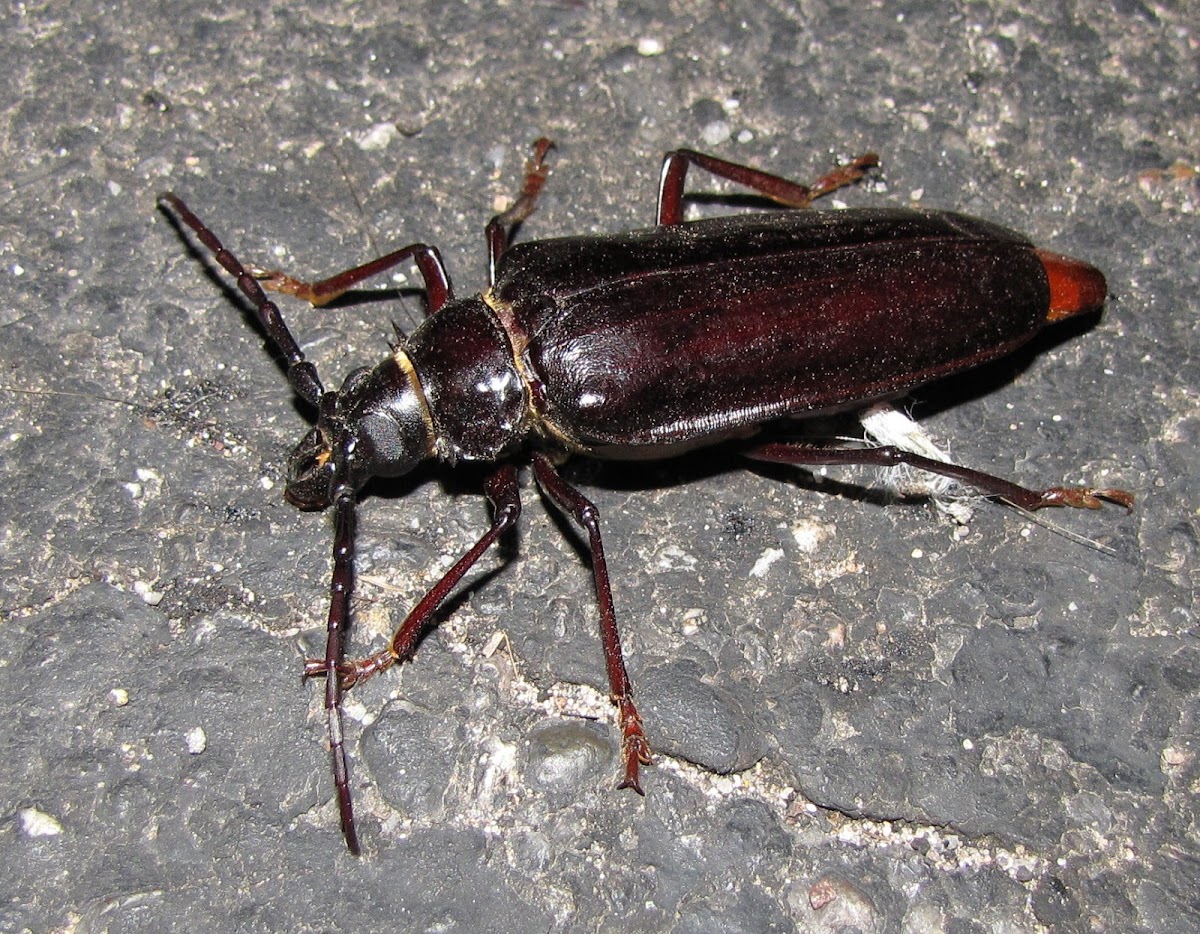Green June Beetles, also known as a Scarab Beetle, Fig Beetle, Green Fruit Beetle, or Peach Beetle, are very large and usually dark green in color with bronze colored outside margins on the wing covers. These beetles can do some damage to the fruit on your trees. They come out during the hot months to eat and breed, and unfortunately are attracted to sweet fruits such as figs, peaches, prickly pear and other fruits, sometimes ruining your crop. They make their appearance anywhere from May to early July. Many of our customers call asking how to protect their fruit from these beetles. I’ve attached a link to an article from “The Spruce on How to Get Rid of June Bugs: 5 Easy Methods” , with some tips on how to deal with these pesty beetles.
Author: finestblogger
Red Push Pistache
A tree that will do well in our Tucson heat is the Red Push Pistache. They love the heat and full sun exposure and are drought tolerant once established. They adapt well to poor soil conditions, but they do need good drainage and deep “infrequent watering” . They can grow up to 25 feet tall and 20 feet wide. If soil and weather conditions are optimal, they can reach up to 40 feet with a 30-foot spread. This deciduous tree with its beautiful dark green foliage and large canopy will provide plenty of shade in the summer and puts on a spectacular show in the fall when the leaves turn to yellow, orange and red tones.
Abby’s Garden!
We rarely get to see the end result of our customers’ use of our “free mulch“. I wanted to share with you what our mulch customer did with her vegetable garden. Thank you, Abby, for sending this picture! Your garden is beautiful! Call us today at 520-304-1603 and we’ll add you to our mulch list and deliver it to you when we’re in your area.
Civano Nursery And TEP, Great Partnership
We have relied on TEP many times to help our customer with their trees that are reaching into TEP power lines. TEP has a great relationship with Civano Nursery. They bring there trimmings to “Civano Compost Yard”, Civano then mulches those trimming into a very fine mulch. The trimmings are ground twice then wind rowed, watered, and turned for aeration on a weekly basis. Civano also partners with “Acme Sand & Gravel”, where you can also purchase their soil. Give these folks a call and head on over to purchase this amazing soil!
Free Mulch!
We have previously posted this on our blog, however, I felt it was worth reposting as a friendly reminder. Our free mulch consists of 1/2″-4″ chips from a variety of trees and shrubs. We can deliver it wherever you want as long as there is a large area to dump it and our trucks have easy access. We never know exactly how much you’ll receive. It could be as much as 10,000 lb. 9′ x 16′ x 5′ high load or the size of a vehicle. Our free mulch is great for gardening, ground cover, erosion and weed control and keeps the dust down. Give us a call 520-304-1603 or email us by filling out our “contact form” and we’ll add you to our mulch list and contact you when we’re in the area.
Green Things
If you’re a looking for a variety of plants, pots, mulch or yard and patio art, then head on over to “Green Things”! This is one of my favorite nurseries. They have 13.5 acres of property, 33 greenhouses and an abundance of plants to choose from. This is a family owned business and their staff are friendly and very helpful. They also have a planting service, you buy the tree, and they will deliver and plant your tree. A must visit for everyone!
The University Of Arizona’s Cooperative Extension
For those of you who enjoy learning about what grows well in the Arizona heat, take a look at “The University of Arizona’s Cooperative Extension” . These folks have a plant sale twice a year, one in April, and another in October. A must sale for those of you looking for interesting and hard to find plants. They also have beautiful gardens for inspiration and education. The Master Gardner’s have a plant clinic, as well, a plant clinic question form for those who need help. Click onto their calendar to view upcoming events and enjoy.
The Palo Verde Beetle
Palo Verde root borers are dark brown to black in color and resemble a three to six inch long roach. Take a look at this article from “thedragonflywoman” to read up on the Palo Verde beetle. The female Palo Verde root borer lays her eggs in the soil near the roots of trees. When the eggs hatch, the larvae bore into the roots of the Mexican Palo Verde, and other nonnative trees and shrubs, and feast on the roots for the next few years. If you see branch dieback, look for 1” exit holes in the soil around the root zone, which is an indicator you have an infestation. You typically see the beetles during the monsoon season, which begins in June and lasts through September, and brings higher humidity. That humidity provides these beetles with the moisture they need to survive. The best defense against these beetles is to keep your trees healthy by deep, infrequent watering, minimal pruning and fertilizing, as these beetles attack stressed trees. To avoid attracting the adults, turn off outside lights. If your trees are suffering and you’d like a free estimate, give us a call 520-304-1603.
Check Your Soil pH Before You Fertilize
Make sure your soil is healthy before you fertilize, checking each area for soil pH, can help you make the best fertilizing decisions for your plants.
Your soil contains macronutrients such as nitrogen, potassium, phosphorus, zinc and iron. Those macronutrients are necessary for the health of your plant; however, your soil might be deficient. There are many over the counter fertilizer blends that will contain many of the nutrients needed to balance your soil, however many of these blends may be missing some nutrients that are critical to the growth of your plants and defense against insects and disease. Leaves yellowing on your trees may be an indication that your soil pH needs attention. Adding organic matter is also important and can improve your soil and helps with water retention (check out our free mulch blog page). Before over applying nutrients and causing harm to the soil, you can purchase pH soil kits on “Amazon” to test your soil to determine what soil amendments are necessary. Check out this video from “Epic Gardening” on how to test your soil pH.
Xeriscape
Xeriscape means using native plants that thrive in low-water, desert conditions. Plants such as salvia, fairy duster, turpine bush, Mexican firecracker, penstemon, ocotillo, yucca and prickly pear, mixed with a variety of succulents, including agaves and cacti and you have a drought tolerant oasis. If you use some high-water use plants that add interest and color, that don’t make up the majority of the plant life, the landscape remains water efficient. Take a look at the “Arizona Department of Water Resources” for plant lists, landscape resources, irrigation, water harvesting, training and certifications.


